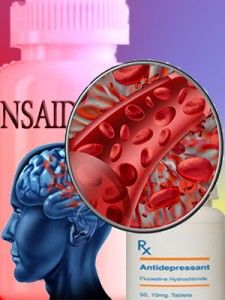OF THE
TIMES
A nation that continues year after year to spend more money on military defense than on programs of social uplift is approaching spiritual doom.
"by an enslaved person" - Wow, those archeologists are really clever that after all those years they could have figured out who buried them. (was...
Documents provided to Gript under FOI show that senior officials in the Department of Justice believed that amending Article 41 of the...
I think somehow diversity struck again. Get it?
This man’s lips are moving, he’s a lying degenerate illegitimate tool! And that’s as polite as I can be in describing this vermin.
“Upset about high interest rates, growing paperwork and heavy regulatory burdens“ “the net income of farms dropped by an average of 50 per cent...
To submit an article for publication, see our Submission Guidelines
Reader comments do not necessarily reflect the views of the volunteers, editors, and directors of SOTT.net or the Quantum Future Group.
Some icons on this site were created by: Afterglow, Aha-Soft, AntialiasFactory, artdesigner.lv, Artura, DailyOverview, Everaldo, GraphicsFuel, IconFactory, Iconka, IconShock, Icons-Land, i-love-icons, KDE-look.org, Klukeart, mugenb16, Map Icons Collection, PetshopBoxStudio, VisualPharm, wbeiruti, WebIconset
Powered by PikaJS 🐁 and In·Site
Original content © 2002-2024 by Sott.net/Signs of the Times. See: FAIR USE NOTICE

Comment: NSAIDs such as aspirin and ibuprofen are associated with stomach bleeding and also cause the body to retain fluids, which may lead to kidney damage. They also increase the risk of heart attack and stroke. Ibuprofen has been linked to dozens of adverse health effects, including anemia, DNA damage, hearing loss, hypertension, and miscarriage.